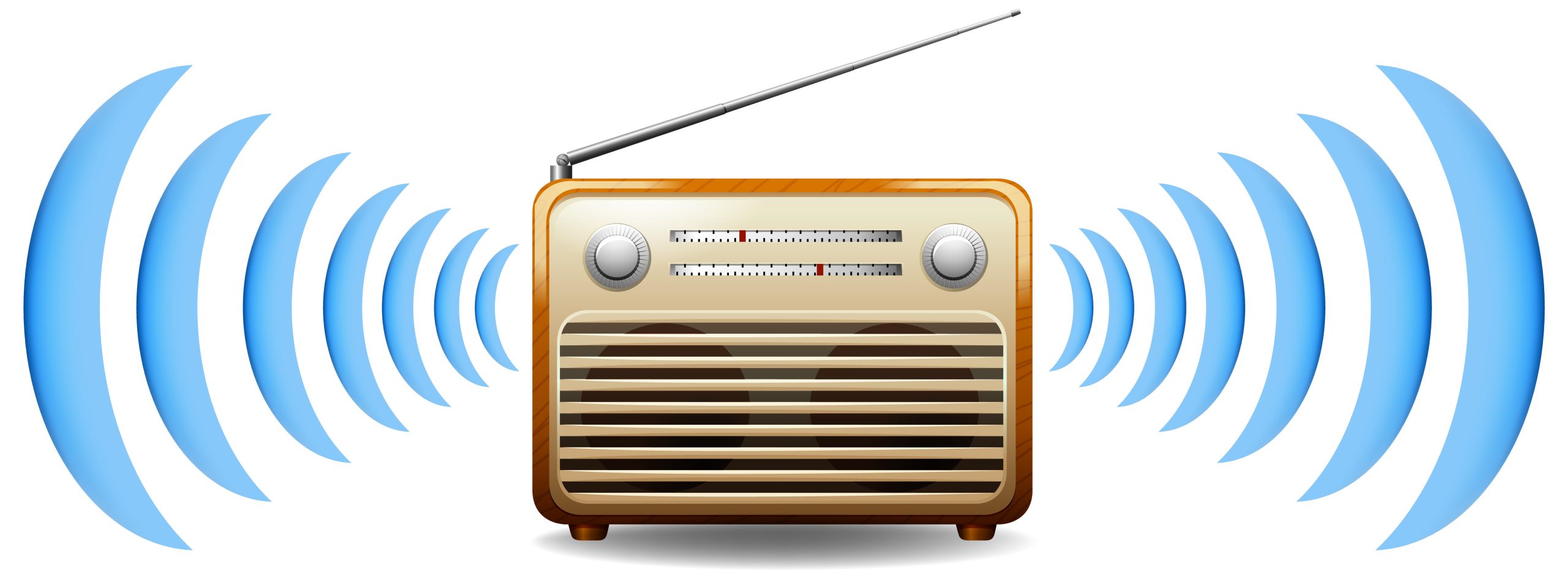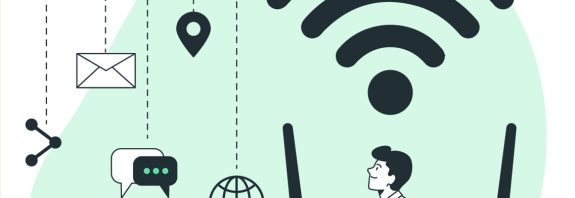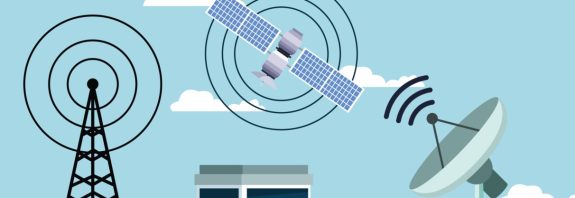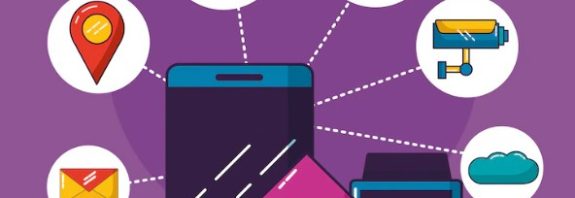How Does Radio Communication Work?

Radio communication is the process of transmitting signals over a distance between two or more devices using radio waves. This can involve wireless communication between devices, such as two mobile phones or between a radio station and a vehicle.
How Does Radio Communication Work?
Radio waves are electromagnetic waves that travel through a vacuum at the speed of light. For data transmission, high-frequency radio waves are used, capable of penetrating obstacles like walls and buildings. Every radio device is equipped with an antenna, which serves to both send and receive radio waves.
When a radio device transmits a signal, it generates radio waves that travel through the air to another device. The receiving device detects the signal and restores it to its original form through a process called demodulation. The method by which the receiver reconstructs the signal depends on the type and the technology employed.
Types of Radio Communication
There are several types of radio communication used across various aspects of life. For instance, can be analog or digital, depending on the type of signal used to transmit information.
Analog
This transmits information in the form of an analog signal, which is directly understandable to humans. Examples include audio signals from radio stations or communication between two subscribers.
Digital
This transmits information as binary code, consisting of a sequence of 0s and 1s. This allows for more accurate and efficient data transmission, as digital signals can be protected from noise and interference.
Also employs various protocols for data transmission. For example, GSM (Global System for Mobile Communications) is a protocol used in mobile phones to transmit voice and data. Other protocols, such as Wi-Fi and Bluetooth, facilitate wireless connections between devices like computers and mobile phones.
Radio communication operates across a range of frequencies, from low to high. The frequency of the radio waves determines the distance over which a signal can be transmitted. For instance, low-frequency radio waves can travel up to 10 kilometers, while high-frequency waves may be limited to 10 meters.
Applications
Radio communication has widespread applications in numerous fields, from mobile phones and radio stations to television and radio broadcasts. It is also utilized in the military, aviation, and spacecraft.
In medicine, is used to transmit medical data and electrocardiograms, enabling doctors to receive real-time patient information. It also facilitates communication between ships, airplanes, and emergency response teams during crises.
In transportation, helps manage vehicle traffic and enables communication between drivers and dispatchers. It also maintains connections with vehicles over long distances, such as during international goods transportation.
In science and research, radio communication transmits data collected by various instruments and sensors. For example, it is used to send data from spacecraft and satellites, allowing scientists to gather information about outer space and planets.
Additionally, is employed in industrial sectors, such as manufacturing and energy, where it aids in monitoring and controlling processes and equipment.
Conclusion
Radio communication is a vital component of our modern world, enabling us to connect and share information over vast distances. It is a technologically complex process that relies on various protocols and radio wave frequencies. With its broad applications across fields like medicine, science, transportation, and industry, radio communication continues to play an essential role in our lives.









